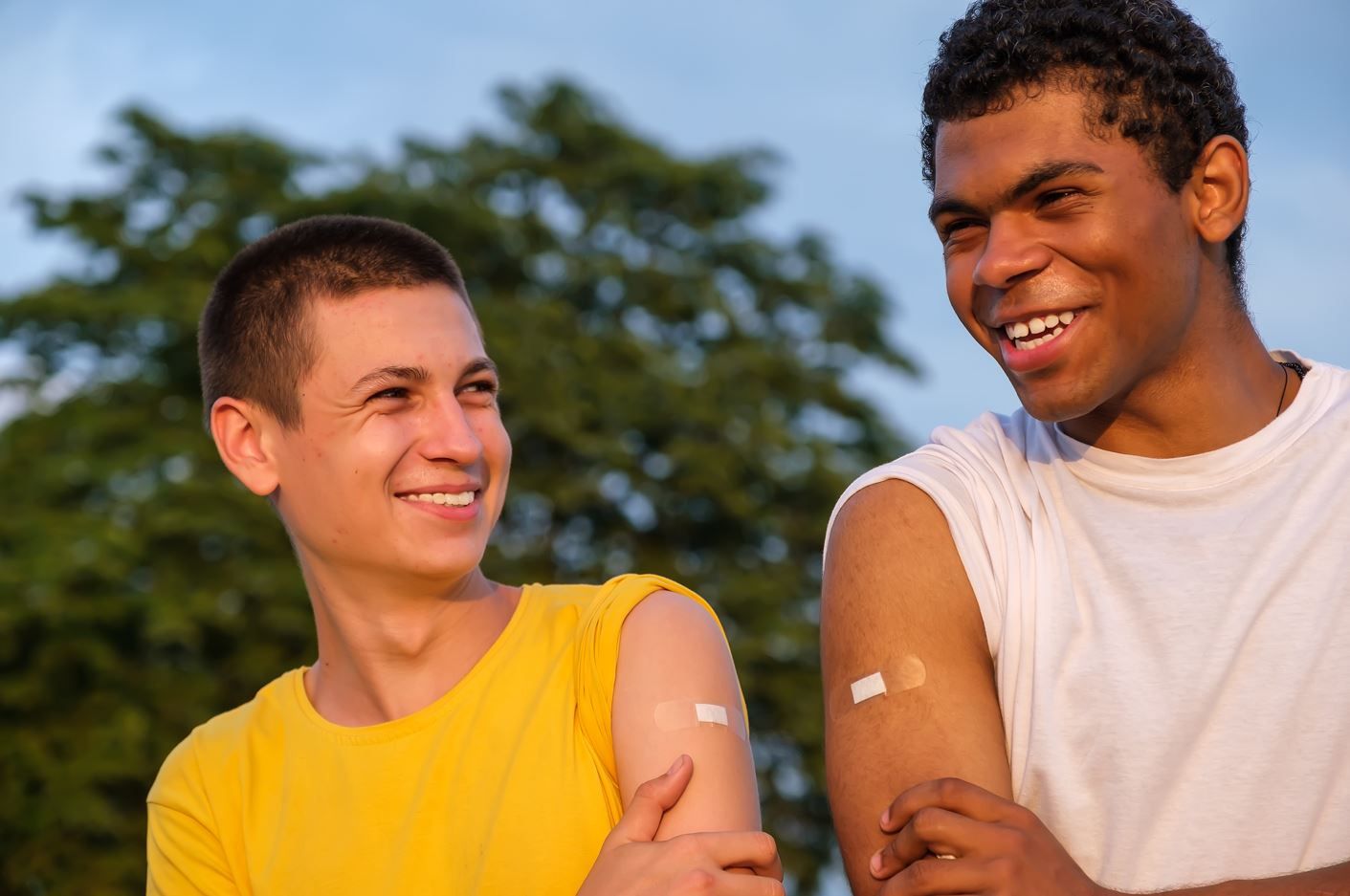- Clinical Technology
- Adult Immunization
- Hepatology
- Pediatric Immunization
- Screening
- Psychiatry
- Allergy
- Women's Health
- Cardiology
- Pediatrics
- Dermatology
- Endocrinology
- Pain Management
- Gastroenterology
- Infectious Disease
- Obesity Medicine
- Rheumatology
- Nephrology
- Neurology
- Pulmonology
HPV Vaccination Rates, Clinician Recommendations Lag at Public Health Care Facilities
HPV series initiation and completion was lower among adolescents seen at public vs private care settings and so was clinician guidance on vaccination in a new study.
US adolescents given a recommendation for vaccination at public health facilities had 29% lower odds of initiating and 38% lower odds of completing the HPV vaccination series compared with those who received recommended vaccination at private health care facilities. Likewise, according to new research, the odds of receiving guidance from a clinician to receive the HPV vaccine series were 38% lower among adolescents attending public health care locations for recommended vaccinations compared with those attending private institutions for age-appropriate vaccinations.
©Serhii/stock.adobe.com

Study authors, writing in JAMA Pediatrics, say the findings point to the key role of vaccination location in whether the HPV series is recommended to eligible adolescents as well as in subsequent completion of the series.
Facility type. Overall, the majority of the 20 162 teens (49% young women; mean age 14.9 years) with clinician reported records for any recommended adolescent vaccination received any vaccination. Of those fewer than half (47.5%) received vaccination at private health care facilities. Of the adolescent cohort receiving vaccinations at public facilities, the greatest proportion was White (38.3%) compared with Black (16%), Hispanic (33.6%), and youths of other races/ethnicity (12%).
A significantly smaller proportion of teens initiated the HPV vaccine at public facilities (71.1%) compared with similar greater proportions initiating the series at private (76.8%) and hospital (76.0%) locations (P =.02). Researchers reported similar disparities in completion of the HPV series, with rates of 61.4% and 61.2% at private and hospital locations, respectively, compared with 50.2% (P <.001) at public facilities.
Clinician recommendation. Overall prevalence of HPV vaccination initiation among the cohort was 75.1% and completion was 58.6%. Eight in 10 adolescents (81.4%) had vaccination recommended by a clinician. The odds of initiating (aOR 0.71; 95% CI, 0.58-0.88) and completing (aOR, 0.62; 95% CI, 0.51-0.76) the HPV vaccine series were lower among the participants whose clinician recommendation came from a public vs a private facility. For adolescents who were administered regular vaccinations at public health care locations, odds of receiving a recommendation from a clinician for the vaccine were lower in public (aOR 0.62; 95% CI, 0.51-0.77) vs private settings.
Living below the poverty line was more likely among adolescents seen at public locations. This group was also more likely to have had no visit with a clinician in the past year and had lower uptake of recommended childhood and adolescent vaccinations. Mothers of these teens were younger, unmarried, and had lower educational levels than those of children seen at private health care locations.
HPV series uptake low. Although HPV vaccination can prevent 90% of HPV-associated cancers, national uptake remains lower than 80%, the completion rate established by HealthyPeople 2030, first author Mrudula Nair, BDS, MHP, an epidemiologist in the department of public health sciences at Henry Ford Health System, in Detroit, Michigan, and colleagues wrote.1 CDC data for 2021 show that among adolescents aged 13 to 17 years, roughly three-quarters (76.9%) have received at least 1 dose and 61.7% have completed the series.2 Nair and colleagues set out to better understand what factors influenced initiation and completion of the protective vaccination among youth. They were particularly interested in potential differences in rates based on type of health care facility typically attended, understanding that public health centers most often treat populations of greater racial and ethnic diversity than private ones and so play a significant role in mitigating health care disparities. Based on evidence that clinician recommendation of HPV vaccination remains high and also influential on uptake, the team also assessed whether clinician recommendation would differ by health care setting.1
For the cross-sectional study, Nair and colleagues used nationally representative data from the CDC’s 2020 National Immunization Survey-Teen (NIS-TEEN). The telephone survey queries parents or guardians of adolescents aged 13 to 17 years as well as their primary care clinicians. The 20 162 teens included had reported records from a clinician for any recommended adolescent vaccination, ie, HPV; tetanus, diphtheria, and acellular pertussis; and quadrivalent meningococcal vaccines. The study population was predominantly White (50%) with the balance comprised of adolescents self-reporting as Black (13.2%), Hispanic (25%), and other race/ethnicity (11.8%). Most families (80.4%) reported living above the federal poverty level.
“To reduce disparities in access to HPV vaccination between private and public facilities, as well as increase awareness about HPV as a disease and its associated cancer risks and the HPV vaccine and its safety, urgent actions are needed to enhance clinician participation in the promotion of HPV vaccination, especially in public facilities,” the study authors concluded.
